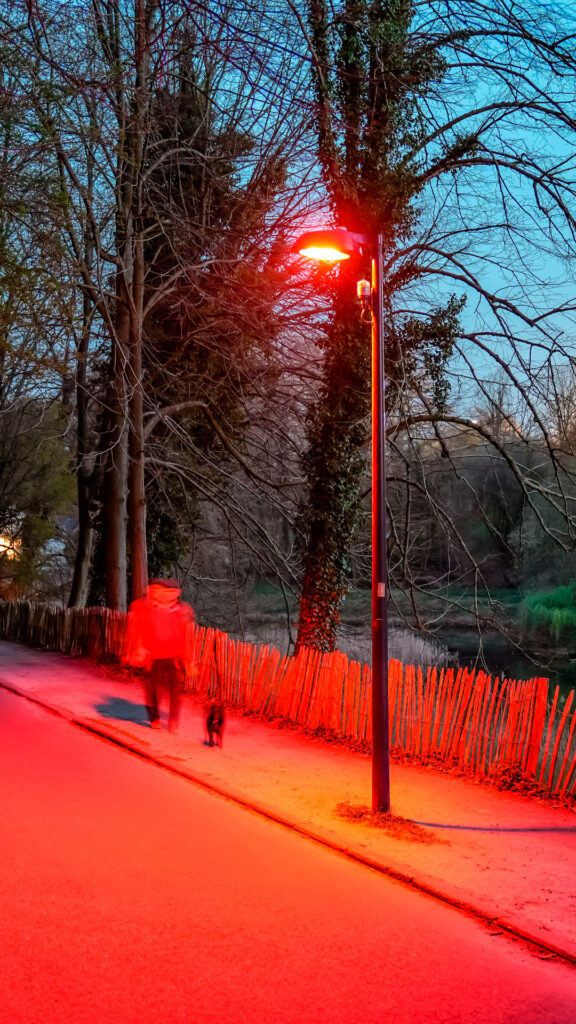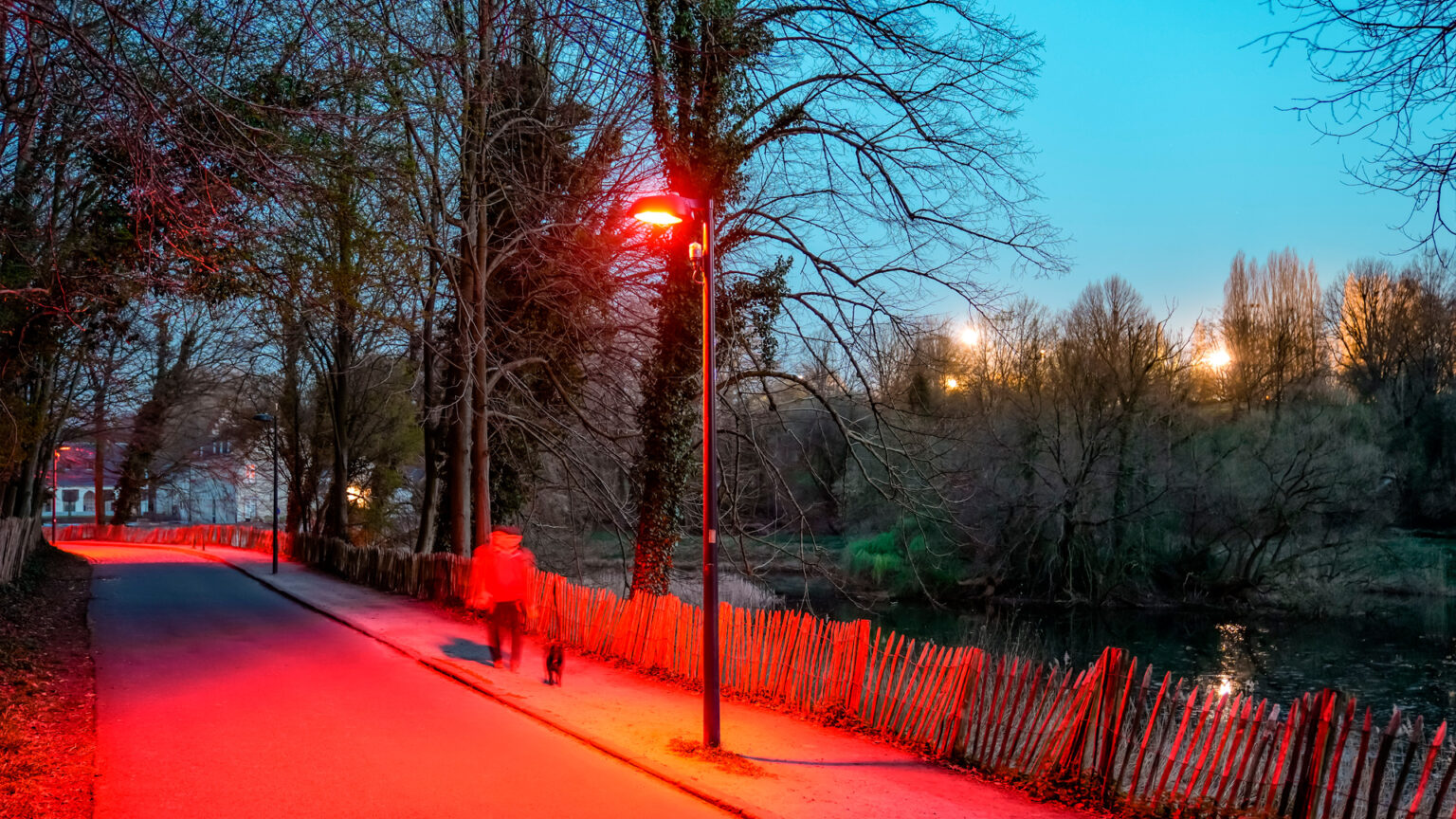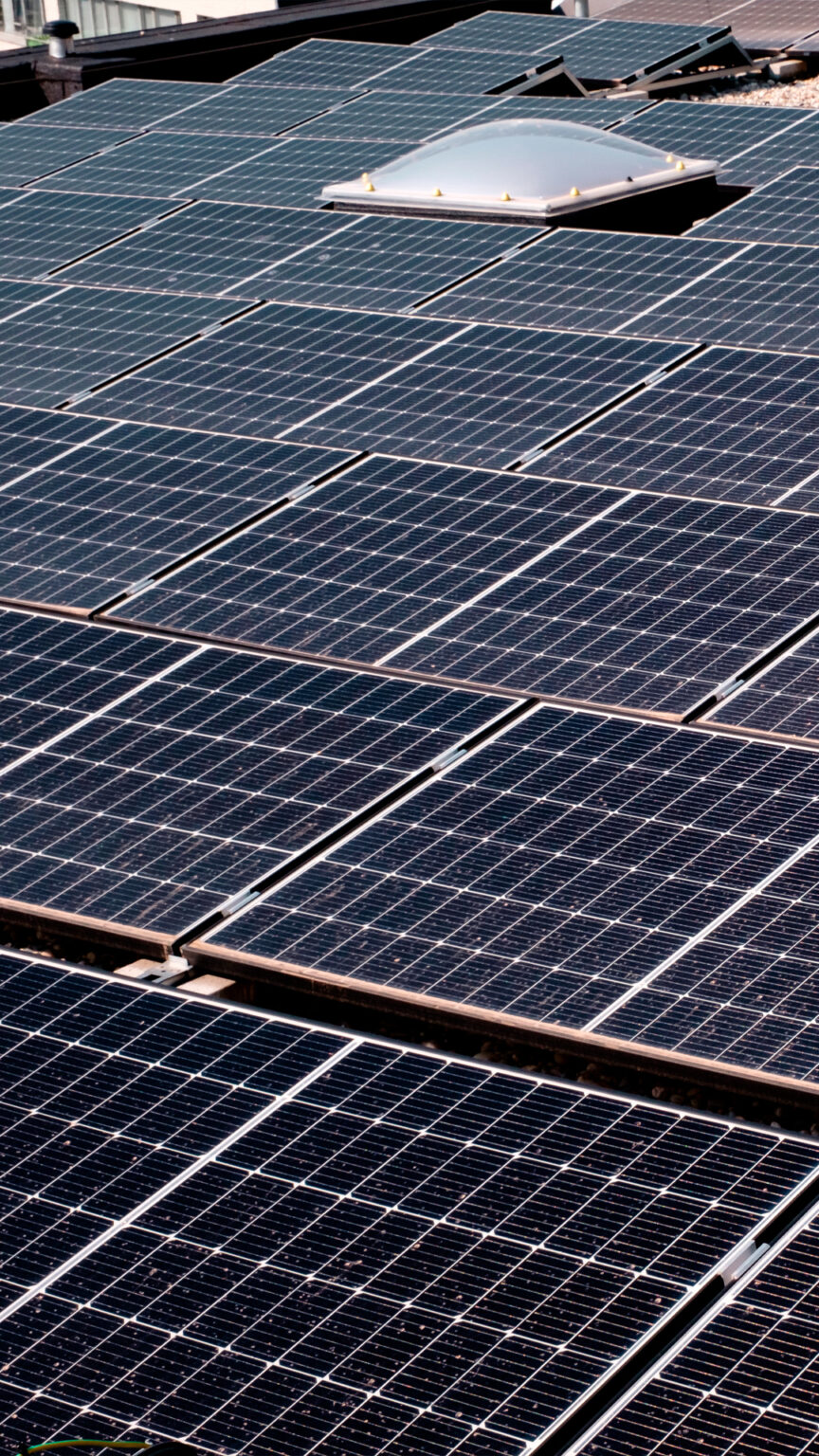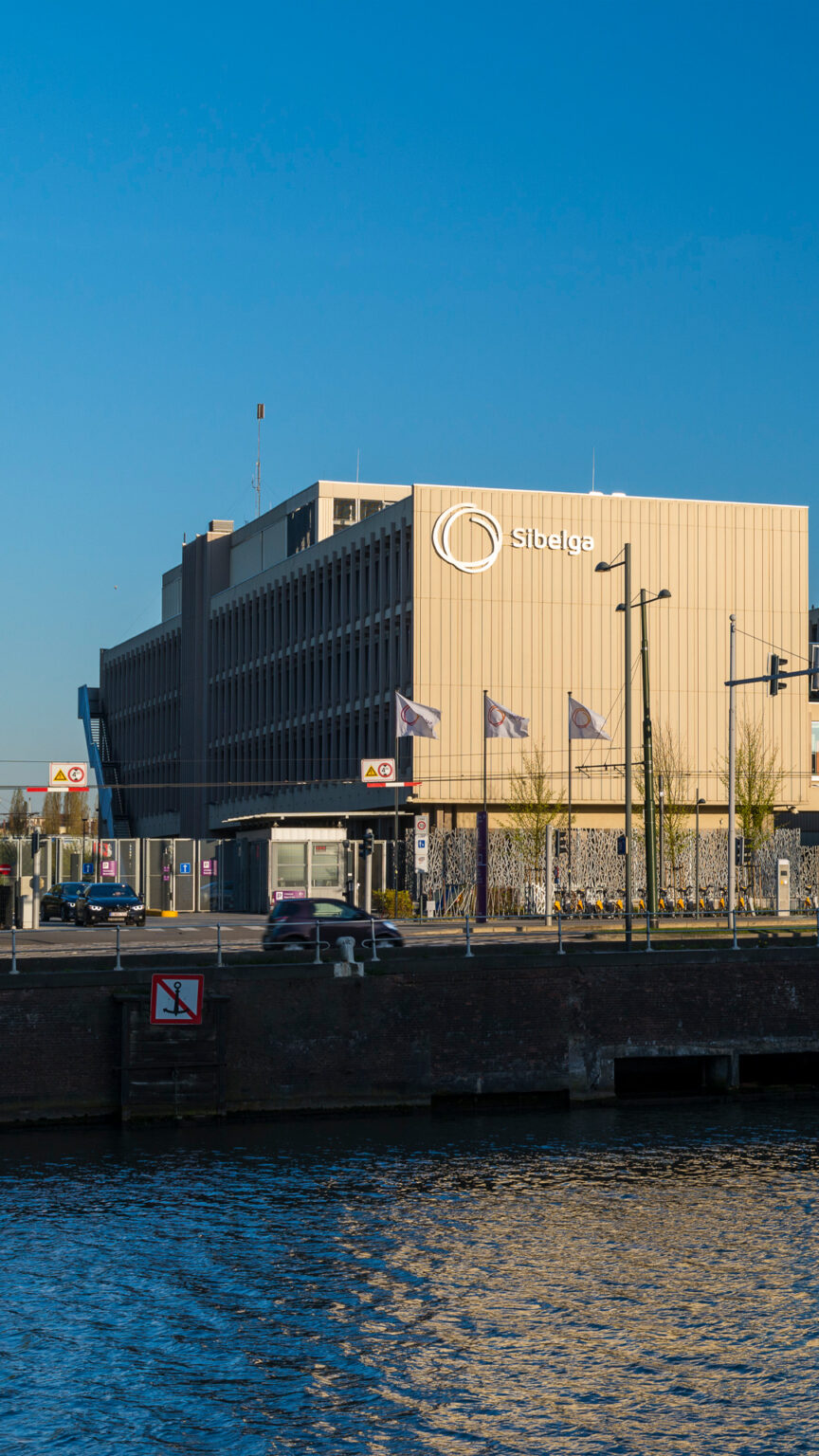Preserving urban ecosystems
Preserving urban ecosystems
Sibelga is carrying out several tests to improve the impact of its infrastructures and buildings on the urban fauna and flora.
A “Bat light district” in Jette
Can we improve the living conditions of bats in Brussels by adapting public lighting, while still meeting the needs of users? This is the question at the heart of the “Bat light district” project conducted with the municipality of Jette, Brussels Environment, Natagora and Engie Laborelec.
Public lighting that is too bright can have an impact on nocturnal fauna. Bats, in particular, are more likely to be preyed upon by birds of prey when they are revealed by light. Moreover, night lighting shortens the periods of darkness during which they hunt.
Natagora’s census shows that the municipality of Jette has several places frequented by these protected mammals. This is why various tests to adapt the communal public lighting have been carried out on site since 2021: modification of the color of the luminaires, intelligent lighting whose intensity adapts in real time to the presence of users…
“New censuses will be carried out by Natagora next spring, after the bats’ hibernation period,” explains Serge Lamborelle, who is responsible for public lighting. “Based on this data, we will be able to assess whether these measures are effective and whether there is an ecological interest in deploying them. We will also have to take into account other parameters such as the safety and well-being of users and residents, energy efficiency and cost to determine the optimal solution,” he adds.
In addition to their value to the ecosystem, protecting bats is also of interest to residents: they feed on mosquitoes and thus act as a natural insecticide.
Green roofs on Sibelga buildings
Sibelga is currently testing the value of green roofs as part of the renovation of its real estate assets. The roofs of two apartment buildings, located respectively in rue de Naples in Ixelles and rue des Fuchsias in Molenbeek, have been transformed. In total, this represents 310 m2 of roof, 1500 plants and bulbs and 22 m3 of substrate!
In addition to beautifying the urban environment, green roofs have multiple advantages: by acting as a natural insulator, they reduce the energy demand of the building and contribute to the comfort of the inhabitants. In addition, they represent a habitat or refuge for urban wildlife and contribute to urban biodiversity. Finally, they improve air quality and retain rainwater, preventing the drainage system from overflowing in case of heavy weather. These two roofs have a capacity of 2000 liters of water retention.




